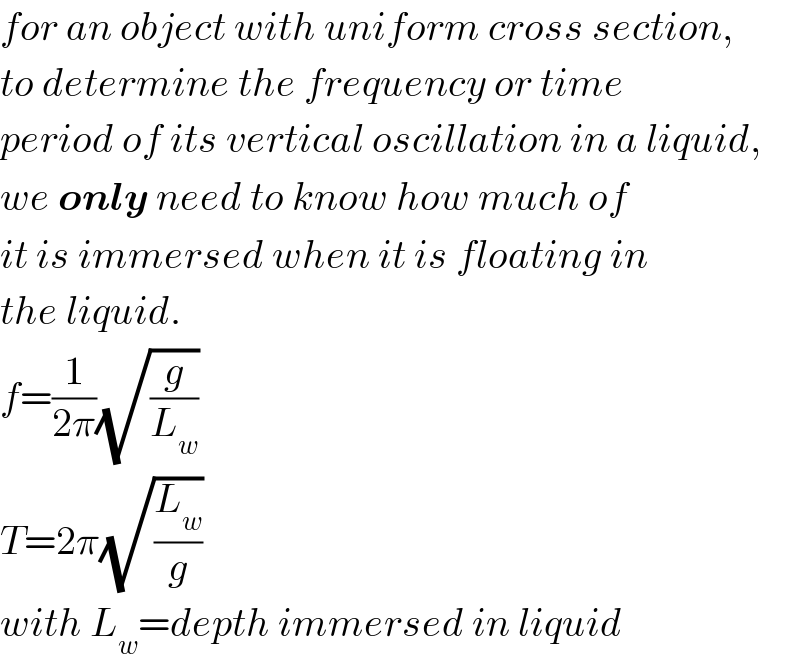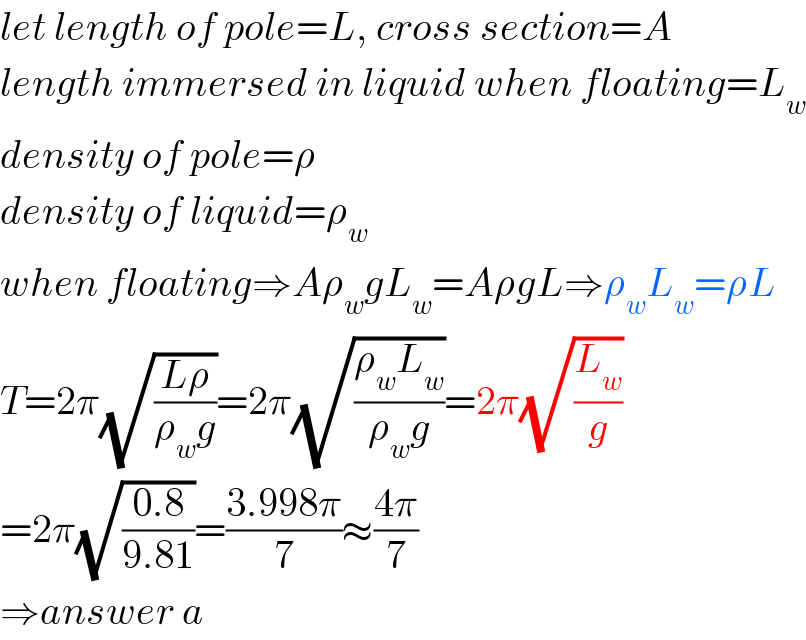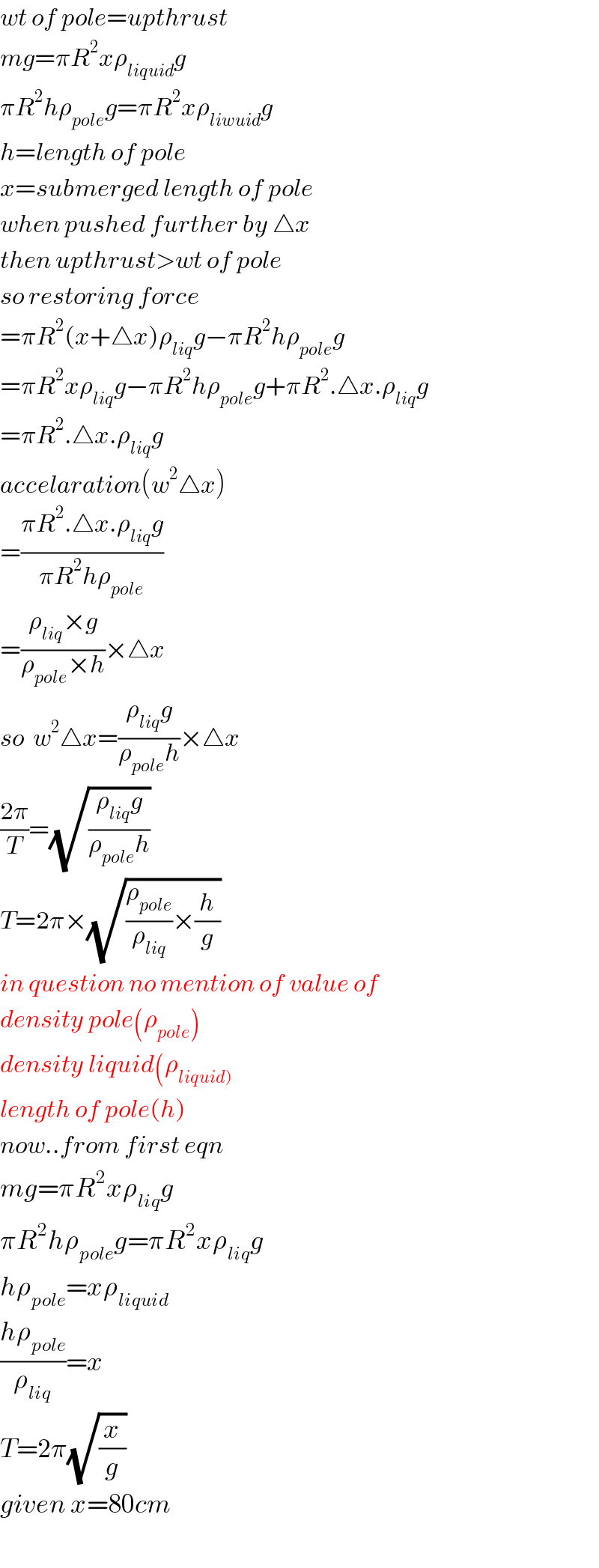
Question and Answers Forum
Question Number 60121 by rahul 19 last updated on 18/May/19

Commented by rahul 19 last updated on 18/May/19

Commented by mr W last updated on 18/May/19

Commented by mr W last updated on 18/May/19

Answered by mr W last updated on 18/May/19

Commented by rahul 19 last updated on 19/May/19

Answered by tanmay last updated on 18/May/19

Commented by rahul 19 last updated on 19/May/19

